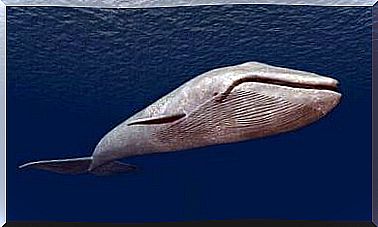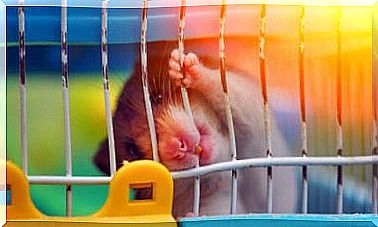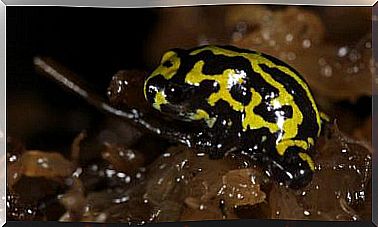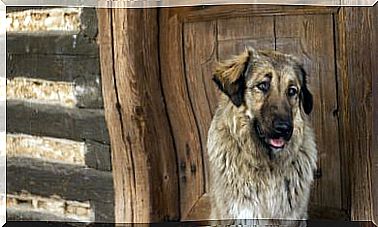How Are Spider Webs Made?
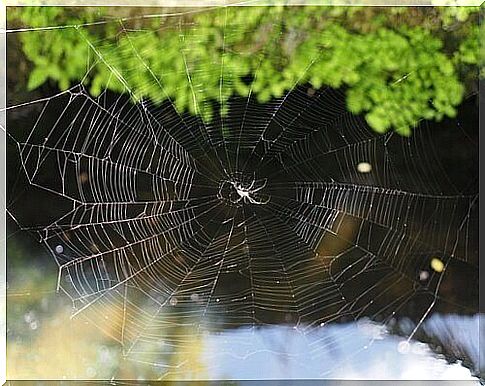
Some species of spiders create sticky webs so that victims don’t detach easily. In this article, we’ll talk about how they’re done.
Spiders are famous for several peculiarities, including the fact that they have their own webs, which serve as a refuge and hunting tool. So, would you like to know how cobwebs are made? So keep reading this article.
How spider webs are made: techniques
Although we know them for their beautiful designs, the webs fulfill a special mission: to trap prey. That’s why they need to be so tough.
Its web is a death trap, from which most insects cannot escape. As soon as the spider feels a vibration in the web, it comes out of its hiding place and attacks its victims.
Now, how are cobwebs made? First of all, we must know that building them requires great effort for the spiders.
Although their bodies are prepared for this – they have specific glands in the back of the abdomen – it is certain that when they finish their “work of art” they need several hours to replenish their energies.
The process of making a spider’s web begins with the synthesis of proteins in a liquid silk, which solidifies when it comes into contact with air. Depending on their needs and the environment in which they live, spiders can choose the thickness or type of silk with which they will build their webs.
It all depends on what prey they want to capture, how the climate is in the region, how big the spider is, etc. Some arachnid species create sticky webs so that victims don’t come off easily. On the other hand, there are species that build their smooth networks so that insects end up trapped by their own anatomy.
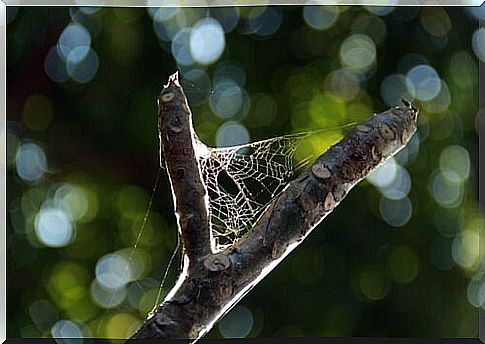
where to assemble the web
When spiders weave their webs between two trees, one of their favorite places, they let the wind take them. As the silk thread leaves their bodies, they move with the breath of air, taking the opportunity to arm the design.
First, they mark a location, which they use as a reference point. From there, they continue to expand their network in order to mark their territory and make the most of the place at their disposal.
In short, spiders start from a base and add threads to the web . That’s why the result of this engineering is so resistant.
The initial pattern is known as “radical” and must be well designed to support the entire network. The remaining lines that surround it are known as the “orb”.
While they are working, or when finishing their work, spiders use the webs to hang upside down and rest. They even use the same technique to move from side to side.
On the other hand, it is worth noting that many arachnids have vision problems. Therefore, they weave through the contact of silk with their paws.
Webs: resistant and elastic
Without a doubt, the creation of the spider’s web is one of nature’s most charming and interesting spectacles. The thread made by the spiders is stronger than a steel cable of the same thickness, and five times more elastic (in comparison). Even we humans cannot create a material with such characteristics.
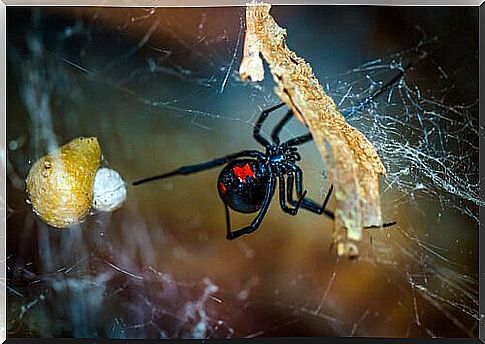
There are different types of spider webs. Some are like a tangle, others are funnel-shaped and there is also the net type, which is the most famous. In any case, they are all used to arrest victims, who cannot escape.
Arachnids do not follow a particular shape or design, they just carry out their networks based on their needs. In addition, they have the ability to reinforce or improve your fabric in case the created design fails to hold any victim. There are cases where they need to make lines tighter or more resistant to the weight of the prey, for example.
Therefore, the spider’s task does not end when it finishes its work. In addition, they will likely need to make a new web after the feast, if the prey has moved too much or if the winds are strong.
Finally, it is worth mentioning the black widow, one of the most feared spiders in the world and an infallible hunter due to the webs she manufactures. It creates a curtain of glued, vertical and very sticky threads. There aren’t many insects that can escape it. Adding to the web, after the insects are trapped, the spider attacks them to swallow them.
Another case worth mentioning is that of the gladiator spider. Its web is transported between its paws until it locates its prey. At that moment, she casts the net, in the best Roman warrior style.
